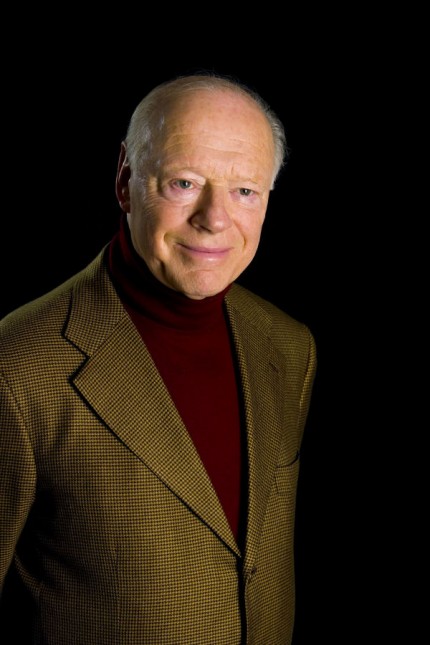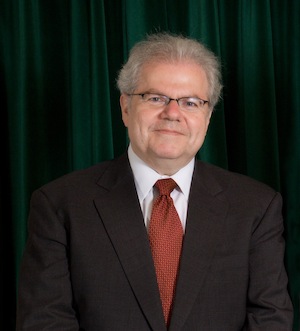Haitink leads the Chicago Symphony in fiery and dramatic Brahms

Bernard Haitink led the Chicago Symphony Orchestra in music of Brahms, Mozart and Schumann Thursday night.
There are certain composers whose music captures one’s imagination in youth: the stormy drama of Beethoven, the jazz-inflected swing of Gershwin, the virtuosic thrills and emotional extremes of Tchaikovsky and Rachmaninoff.
And then there are other composers who may seem rather dull in one’s callow twenties, but reveal their depth and richness only after one reaches a certain musical maturity.
Brahms is like that. It takes a certain amount of life experience — and being over 40 — to really “get” his music. Surface bravura is secondary to a rigorous musical landscape that can be tough, godless and unforgiving, where love and sustained happiness haven’t got much of a chance. Yet Brahms’ music provides a way to live in that hard world and find a consolation, beauty and spiritual solace if one can survive.
Bernard Haitink’s long experience with the music of Brahms was manifest in every bar of the dramatic performance of the German composer’s Fourth Symphony Thursday night with the Chicago Symphony Orchestra.
Eschewing the stool set up on the podium, the 82-year-old Dutch conductor stood throughout Thursday’s concert and directed the orchestra in animated fashion eliciting a fiery and vividly characterized account of Brahms’ final symphony.
The elements one associates with Haitink’s CSO performances were there — spacious yet concentrated, the opening movement unfolded with a natural flow and lucid textures.
Haitink is not a Brahmsian who wears his heart on his sleeve, yet the Andante proved flowing and expressive with notable sweetness and warmth to the string climaxes. The ensuing Allegro giocoso went with an almost brash vitality and swagger.
The performance rose majestically to the challenge of the passacagalia finale. From the stentorian opening brass blast of the main theme, Haitink allowed each variant section its expressive space—Richard Graef contributing an evocative flute solo— while patiently and inexorably ratcheting up the tension. The sense of Brahms’ music meeting a relentless and indomitable fate forcefully head was starkly manifest in a tough and powerful coda.
Apart from some burbles and rawness from the horn section in the opening movement, the CSO performed at their considerable best for their former principal conductor with especially beautiful and nuanced string playing throughout.

Emanuel Ax. Photo: Harold Haugan
Mozart was the palate-cleansing centerpiece of the program with Emanuel Ax as soloist in the Piano Concerto No. 17.
The audience favorite brought a relaxed charm to the opening movement that, while not the most scintillating take on this music, worked admirably. In the introspective Andante, Ax’s solo work was poised and expressive — undistracted from the audience’s bronchial interjections—if not probing as deeply in this music as Mitsuko Uchida did a year ago.
The Allegretto finale came off best, one of Mozart’s most delightful inspirations with a set of variations on a lilting melody the composer famously taught his pet starling to sing. Haitink’s rather straight-faced accompaniment could have smiled more but Ax provided the requisite sparkle in his spirited interplay with the CSO winds.
Schumann composed relatively few short works for orchestra but the Manfred Overture is one of his finest, written as part of incidental music for a staged performance of Byron’s romantic tale.
Haitink led the CSO in a finely detailed performance of this brooding music, bringing out the taut drama and dark eloquence with finely detailed playing, not least the dexterous decresendo of the final bars.
The performance will be repeated 1:30 p.m. Friday, 8 p.m. Saturday and 7:30 p.m. Tuesday. cso.org; 312-294-3000.